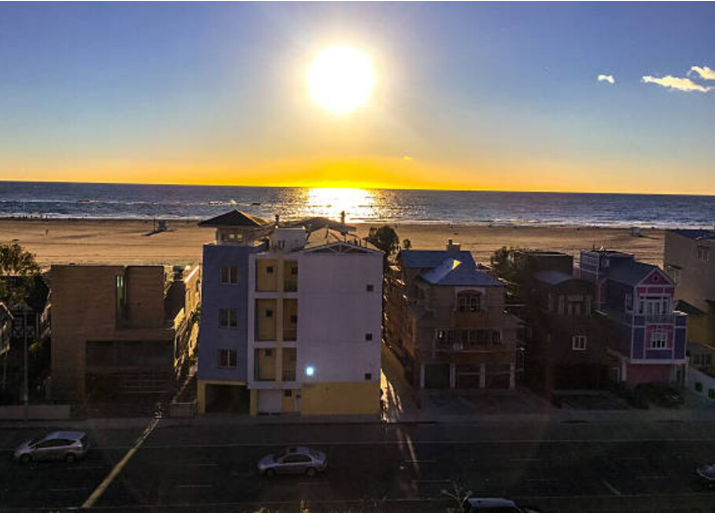How Does a First Mortgage Work?


Buying your first home is a major milestone, and securing a mortgage is a crucial part of that process. Here’s everything you need to know about obtaining your first mortgage, from the basics to the finer details.
What is a first mortgage?
A first mortgage is the primary loan taken out to purchase a property.
When you secure a first mortgage, the lender places a primary lien on the property. This lien gives the lender the first claim on the home in the event of a default. Any additional loans or liens on the property come secondary to the first mortgage lender’s claim.
How does a first mortgage work?
A first mortgage is commonly used to finance the purchase of a home. Typically, you’ll need to make a down payment, which is a portion of the home’s cost paid upfront in cash, and then borrow the remaining amount through the mortgage. You’ll be responsible for making monthly payments until the loan is fully repaid.
For lenders, a first mortgage holds the primary position, or senior lien, meaning it takes precedence over any subsequent loans or liens, such as a second mortgage.
For instance, if you initially bought a home with a first mortgage and later took out a home equity loan (a type of second mortgage), your first mortgage lender would have the primary claim on the proceeds from a foreclosure sale. Only after the first mortgage is fully satisfied would the second mortgage lender be entitled to any remaining funds. This order of priority applies to all liens on the property.
However, there are exceptions. Property taxes are typically repaid before any other claims, and in the event of bankruptcy, a court may determine the order of claims.
Example of a first mortgage
Consider Sarah, who initially purchases a home valued at $450,000 using a $360,000 first mortgage.
As time goes by, the value of her home increases to $530,000, and she has paid down her first mortgage balance to $250,000. To finance a kitchen remodel, Sarah takes out a $50,000 home equity loan, which acts as a second mortgage on the property.
If Sarah falls behind on payments and is unable to resolve the situation with her lender, the first mortgage lender may initiate foreclosure proceedings to recover the outstanding amount.
Should the home sell for $530,000 at auction, the first mortgage lender would recover the full $250,000 owed, and the second mortgage lender would get the $50,000. However, if the sale proceeds are less than $530,000, the first mortgage lender may receive only a portion of what is owed, and the second mortgage lender might not receive any repayment at all.
First Mortgage vs. Second Mortgage

Both first and second mortgages are secured by the property, meaning the house itself serves as collateral for the loan. However, they are used differently: a first mortgage is typically obtained to purchase the property, while a second mortgage can be used for a variety of purposes, such as:
- Home renovations
- Debt consolidation
- College education
- Medical expenses
In addition, second mortgages can assist with purchasing a property. Many down payment assistance programs are essentially second mortgages, providing a smaller loan to cover the down payment, closing costs, and other initial expenses after obtaining the first mortgage.
Since second mortgages are riskier for lenders, they often come with higher interest rates compared to first mortgages. The two main types of second mortgages are:
- Home Equity Loans: These usually have a fixed interest rate.
- Home Equity Lines of Credit (HELOCs): These typically have a variable interest rate.
Another key distinction is that if you made a down payment of less than 20 percent on your first mortgage, you will likely pay private mortgage insurance (PMI). In contrast, second mortgages generally do not require PMI and may not require a down payment at all, as your home equity serves as your cash contribution.
For tax purposes, you can deduct interest on your first mortgage up to a certain limit if you itemize deductions. Interest on a home equity loan or HELOC is only deductible if the funds were used to substantially improve or repair the home.
| First mortgage | Second mortgage | |
|---|---|---|
| Interest rates | Fixed or adjustable | Typically fixed with a home equity loan and variable with a home equity line of credit (HELOC) |
| Mortgage interest tax deduction | Deductible on up to $750,000 of combined mortgage debt (or $1 million if the loan was secured before December 16, 2017) | Only deductible up to a $750,000 combined limit if the mortgage debt was used to buy, build, or improve the property |
| Mortgage insurance | Required if down payment is less than 20% | Not required |
| Size of loan | Cost of the property minus the down payment | Based on available equity and other factors |








